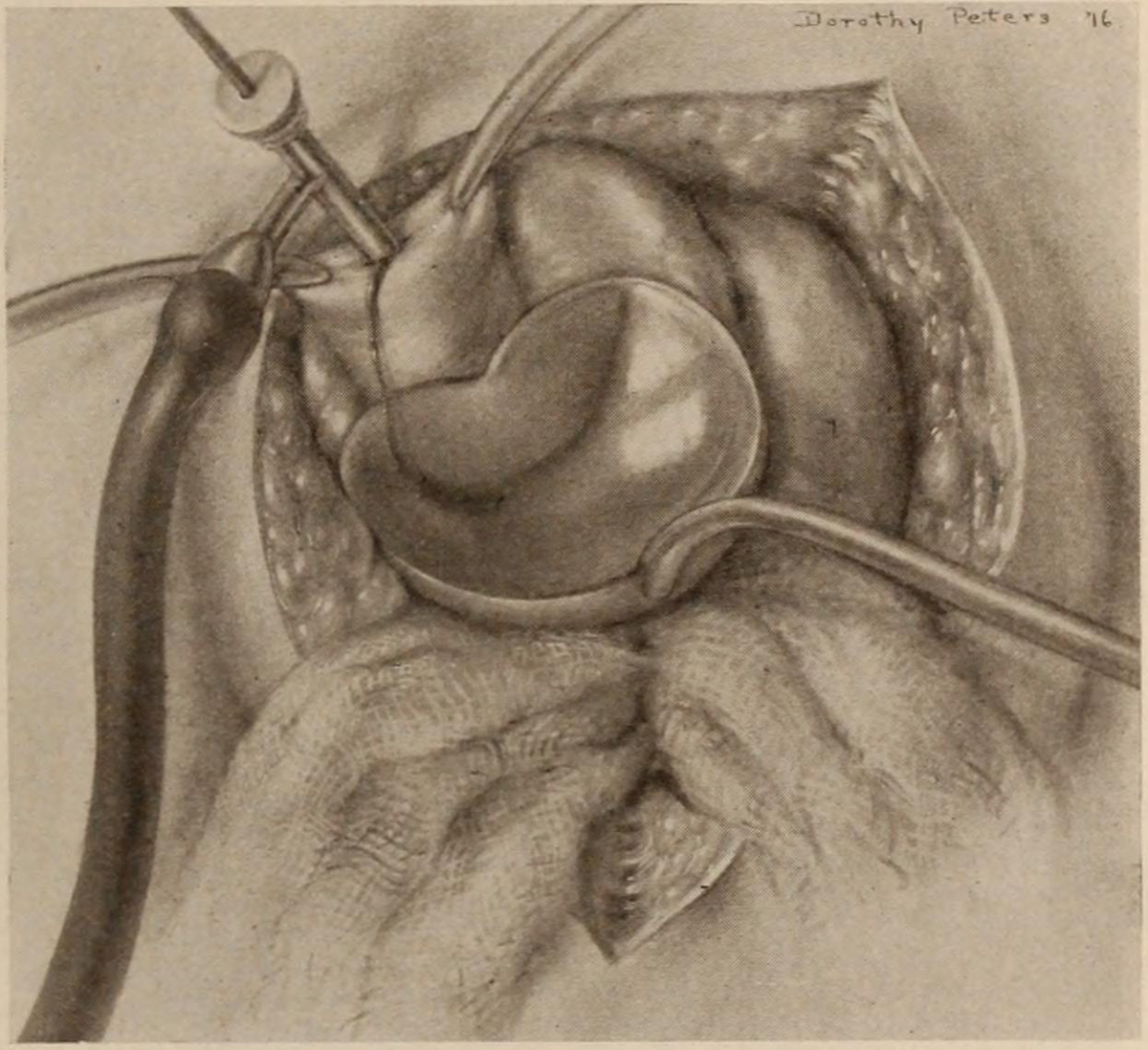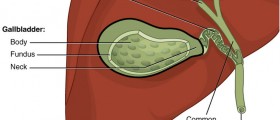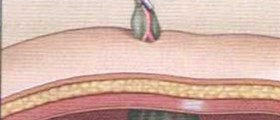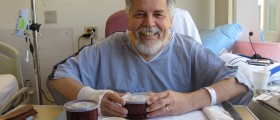
A gangrenous gallbladder is a possible, but exceedingly rare, complication of a gallbladder infection, which is itself caused by various factors. Gangrene in general refers to a condition in which tissue begins to die, either beecause it is not receiving blood or due to a severe bacteriak infection.
A gangrenous gallbladder can be a result of a blockage of the cystic duct that joins the gallbladder and the hepatic (liver) duct. It may lead to the total or partial gallbladder wall necrosis (in which tissues die off).
A gallbladder inflammation called acute cholecystitis is caused by a bile blockage due to the presence of gallstones, and this situation makes way for the development of a gangrenous gallbladder. This condition kills the cells by cutting their supply of blood or by infection. It can lead to death if medical attention isn't promptly given, so it must be treated immediately.
This problem can be present in certain organs, but it is most common on toes and fingers. A gallbladder wall inflammation is a problem seen in about 10% of people suffering from gallbladder diseases. The bile fluid is gathered, which causes additional damage and expands the wall of the gallbladder. All of this brings the death of the tissue and a problem with a name gangrenous gallbladder
Symptoms of a gangrenous gallbladder
The most common symptoms associated with a gangrenous gallbladder are increased heart rate, shaking, chills, and a high fever. There is a possibility of nausea and vomiting, but due to the impaired functioning of the gallbladder, digestive system problems can appear as well. Symptoms of gallbladder diseases are a painful stomach and stomach bloating, while gallbladder inflammation can be detected by the rigid abdomen and low blood pressure.
Treatment of a gangrenous gallbladder
Gangrenous gallbladder cannot be detected by a simple physical check-up, but instead requires some additional diagnostic tests, such as an ultrasound. Also, the level of the white blood cells will be determined by a blood test, which will also show if the patient has high count of these blood cells.
Another test which will make a final decision about the diagnosis and help with the treatment options is a CT scan. Once the tissue starts to die out, it can only be removed by performing surgery. The infection will continue to spread and expand to other areas if the dead tissue is not removed. The healing of the incision determines the recovery time needed after this surgery, which requires prohibition of food and the use of intravenous fluids prior to the procedure. There are two options for surgery and they are laparoscopic cholecystectomy (in which a camera is used to see inside, which makes smaller incisions possible) and open cholecystectomy (in which a larger incision is made to access the gallbladder).
The treatment will begin with Indomethacin, a nonsteroidal anti-inflammatory drug, which will fight the gallbladder inflammation and it will also reduce fever, pain and swelling. The infection will have to be stopped from spreading and antibiotics will achieve this goal.
Since the gallstones most likely to be the cause of the gangrenous gallbladder block the bile duct, they can be removed with a procedure called a sphincterotomy. This procedure involves an electro-surgical instrument that resembles an endoscope and uses sound waves of a high frequency to break down the gallstones. This can help you avoid the gangrenous gallbladder in the future. If gallbladder cancer is a threat, the gangrenous gallbladder has to be removed.
















Your thoughts on this
Loading...